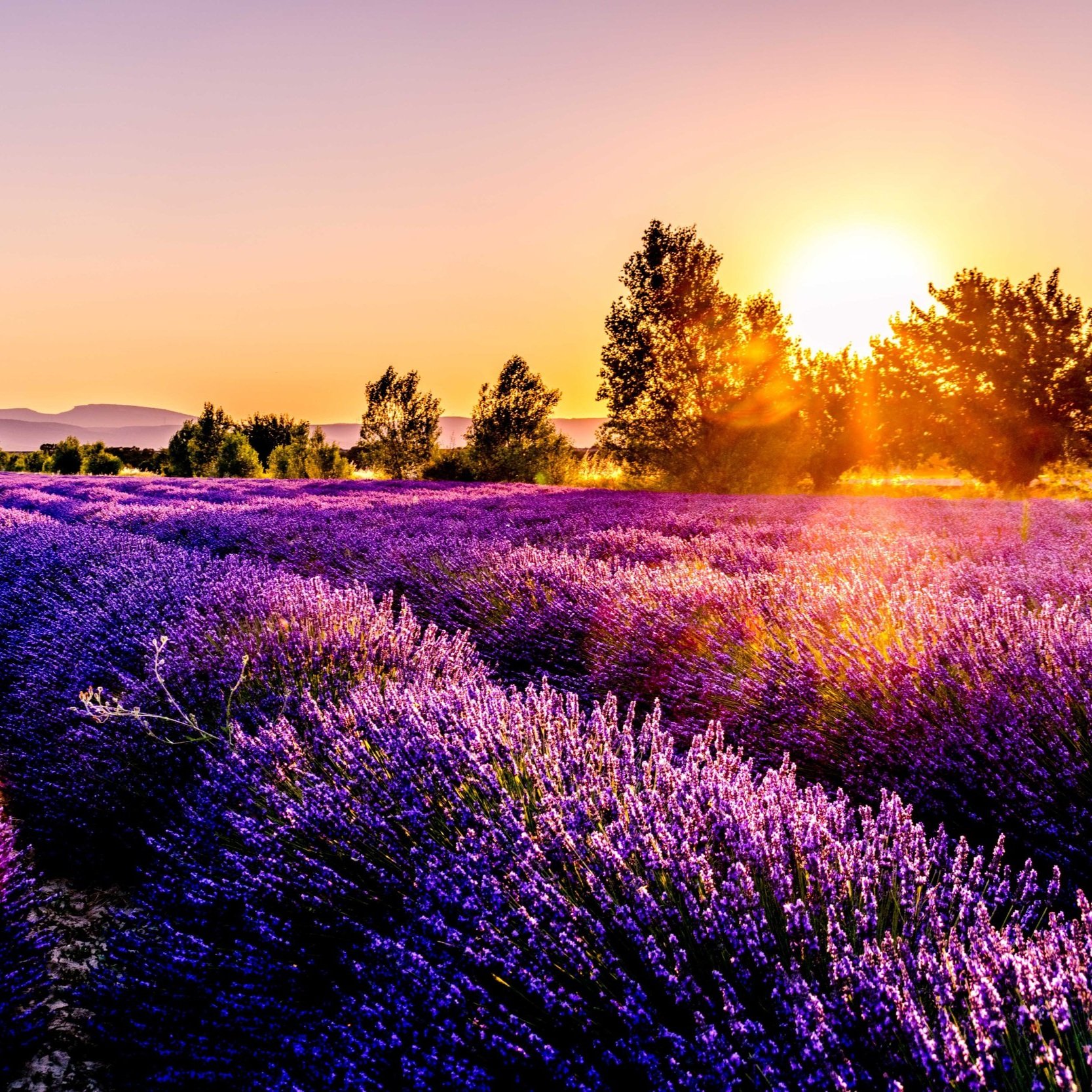Perennial Savings for Colder Climates
Looking for ways to save money on gardening? Plant perennials.
Perennials come back year after year, so you only need to invest in them once. They often require less maintenance than annuals, making them a cost-effective option for adding long-lasting beauty to your garden.
One of the most rewarding aspects of cultivating perennials is watching them transform over time into established features in your yard. Don’t be fooled, perennials offer many subtle but exciting surprises each year!
Many perennial plants thrive in zone 4 (e.g., Alberta), including the following
Peonies
These dramatic flowers are known for their fragrant, showy blooms and deep green foliage. Peonies come in a variety of colours, including white, pink, and red.
They prefer well-draining soil and full sun, and they are relatively low-maintenance once established.
Hostas
These shade-loving plants have beautiful, decorative foliage and produce small, fragrant flowers in the summer.
They come in a range of sizes and colours, making them a versatile choice for any garden. Hostas are low-maintenance and resistant to pests and diseases.
Daylilies
These easy-to-grow flowers come in a range of colours, including yellow, orange, pink, and red.
They prefer well-drained soil and full sun to partial shade. Daylilies are drought-tolerant and low-maintenance, making them a great choice for busy gardeners.
Sedum
These succulent-like plants produce small, star-shaped flowers in the summer and come in shades of pink, red, and white.
They are known for their drought tolerance and ability to thrive in poor soil conditions. Sedum is low-maintenance and easy to care for.
Lavender
This fragrant herb is known for its beautiful purple flowers and calming scent.
Lavender prefers well-draining soil and full sun, and it is drought-tolerant once established. It is also resistant to pests and diseases, making it a low-maintenance choice for your garden.
Now that we’ve covered some of the common perennials that thrive in colder climates, here are a few ideas for pairing perennials to complement each other in your garden
Combine different shades of the same colour: Pairing plants with similar colours can create a cohesive look in the garden. For example, you could plant coneflowers, lavender, and irises in shades of purple to create a monochromatic look.
Mix and match textures: Combining plants with different textures can add interest to the garden. For example, you could plant spiky yarrow alongside fluffy coreopsis and soft ferns for a varied look. Add other natural features, like rocks, to introduce new textures.
Pair plants with contrasting foliage: Often we pick flowers based on their blooms but there is a wide range of foliage that draws the eye throughout the gardening season. Combining plants with different foliage can add visual interest to the garden. For example, you could plant variegated hostas alongside solid green ferns or with a plant that has dark, almost black leaves, such as a Royal Jubilee Ninebark.
Combine plants with different blooming times: Planting a mix of perennials that bloom at different times can extend the flowering season in your garden. For example, you could plant early-blooming daffodils alongside late-blooming asters for a long-lasting display of flowers.
Planting perennials is a cost-effective way to add long-lasting beauty to your garden. With a little planning, you can create a garden that is both beautiful and low-maintenance.







